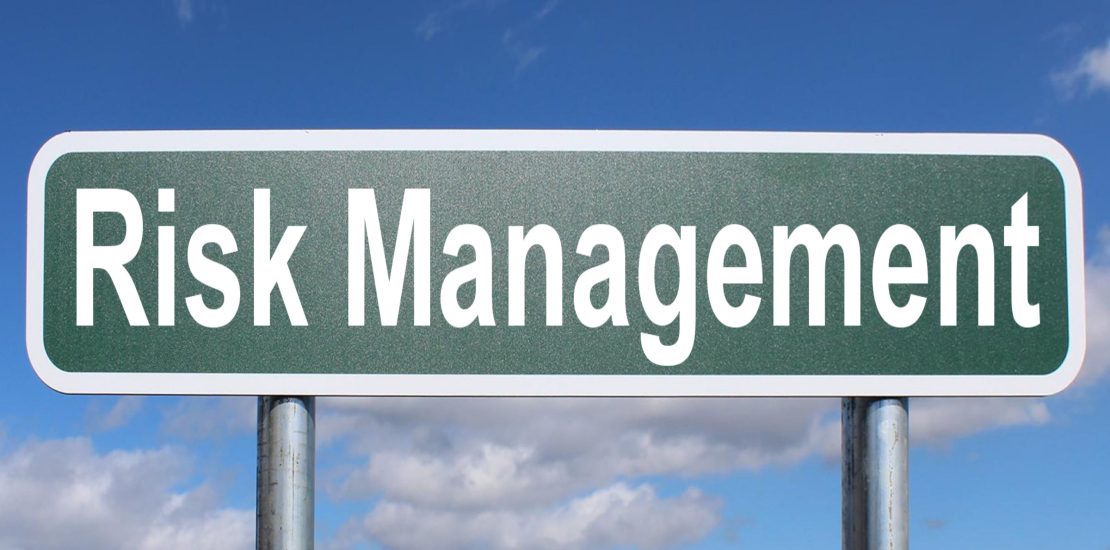-
Le manifeste Agile : origines, application et considérations pour les chefs de projet.
- janvier 5, 2024
- Envoyé par : mm@qualitalents.fr
- Catégories: Actualités, Méthodes et organisation des process IT
Aucun commentaire
Comment puis je vous aider ?
Contactez nous ou envoyez nous vos besoins directement en ligne.
